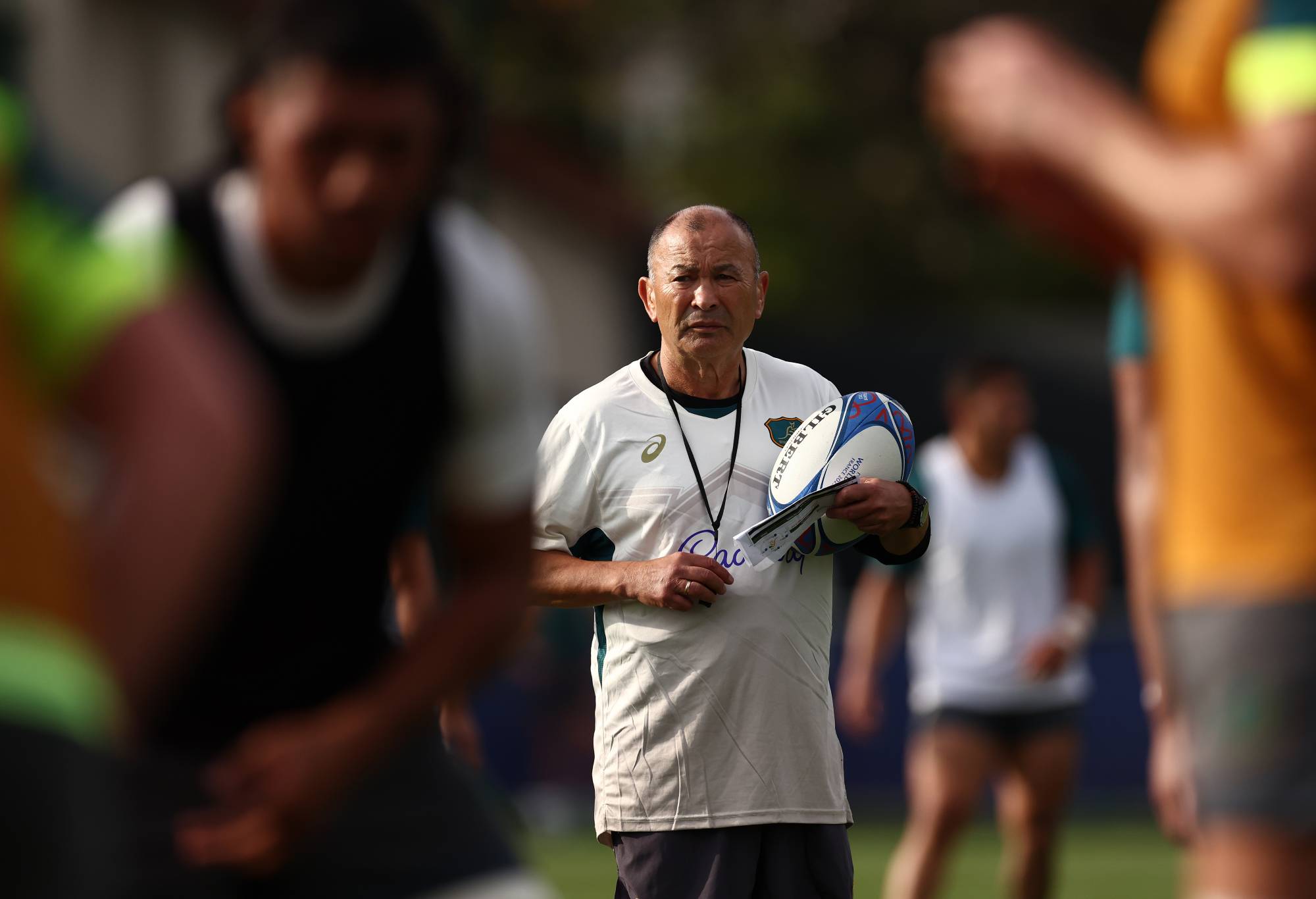The Wallabies’ World Cup campaign is on life support following their win, but still average showing, against Portugal. Many experts and fans have identified some deep-seated issues about how rugby union is run in Australia – with action on some of these issues already in progress.
But one area that there has been little discussion on is the state of coach education in Australia. Comments from international pundits such as Matt Williams and Rob Kearney highlighted the quality of athletes being produced in Australia – and also the low standard of rugby coaches.
While many have bemoaned the coaching of Eddie Jones and his assistants over the past 12 months, the reality is that while they obviously share some of the blame, many of the tactical and technical errors should not be the sole responsibility of the national coaching staff of an apparent Tier 1 rugby nation to fix.
Many of these flaws, in fact, should have been addressed while these players were developing as juniors, but more importantly, as these players began to enter high-performance setups at the underage level.
The question is then, who is coaching them, and how did those coaches get there?
In the RA official coach education program in Australia, there are 6 levels of qualifications available:
• Smart Rugby (All coaches must have this)
• Foundation Coach Certificate
• Level 1
• Level 2 – Developing Coach Program
• Level 3 – Emerging Coach Program
• Level 4 – Performance Coach Program
The Smart Rugby course is compulsory for all coaches as it includes elements such as player safety, however, the Foundation Coach Certification and Level 1 program, designed primarily for junior coaches are non-compulsory. So, rather than work their way through, many coaches can (and do) skip these. This means that they can in fact move from Smart Rugby to the Level 2 course without any formal rugby coaching experience, or assessment.
The Level 2 course does include assessment, however, this is only in the form of a self-reporting logbook, a law exam (which a coach can repeat until they pass) and a review of a 10-minute activity facilitated by the coach during the in-person aspect of the course (with the other coaches on the course as participants).
The question is, how does a course that the participants are effectively helped to complete provide an adequate determination that a coach is ready to manage the development of a future wallaby? It just allows a figure of more coaches than ever to be reported.
It is not that anyone wants fewer coaches on the scene – in fact, the opposite – but there needs to be confidence that coaches, many of whom will be handling talented youth players, are competent. The biggest indictment on the state of rugby coach education in Australia is the progression of Level 2 coaches to the Level 3 course, especially in the most populous rugby states (NSW and Queensland).
This course is by application only, with approximately 20 places available each year in NSW and Queensland, while the course is run in other states with lower numbers. Last year, there were over 100 applications in each of those two states for these places – that is right, over 100 coaches wanting to get better and 80 per cent of them not getting the chance.

Head Coach, Eddie Jones during a Wallabies training session. (Photo by Chris Hyde/Getty Images)
The criteria for how a person gets a spot in this course is focused on where the applicant is currently coaching, with coaches in Premier Rugby (e.g. Shute Shield, Hospital Cup), 1st XV Schools Rugby and junior representative rugby being prioritised.
There is no assessment of coach competency conducted, no review of how and what they coach, how they interact with players, and how they problem solve. Simply a case of “Oh you coach at ‘XYZ’, so you must be good”. This system does not address the deep-seated ‘who you know’ culture of rugby in Australia.
The most galling part of the process is that each year a few ex-professional players with no coaching experience are allocated spots in this program with no official coaching experience, a massive affront to the many dedicated volunteers who have spent years developing their coaching and the coach philosophy.
Naturally, many of the ex-pro players turned coaches quickly move out of coaching when they realise it is not for them, leading to wasted spots. Successful applications are decided on by an apparent consulting group, the official make-up of which is not known (however it likely includes the National Coach Education Manager and state-based coach education managers).
The above process leads to many coaches who will apply to this program simply to develop further as coaches being ignored for years on end, leading some to give up. Why would anyone keep dedicating their time (often taking away from other parts of life) to a system that does not support them?
The progression from Level 3 to Level 4 is similar, however in this case Level 3 coaches are selectively invited to apply. This is naturally a much smaller pool of coaches to draw from, who will typically be more known, where observations and feedback on their performance are easier to obtain.
It is noted that the state-based unions do run “Advanced Coach” education seminars for coaches, however, the seminar-style events are highly specific and do not help coaches progress into the more selective courses.
If we wonder why some players’ basic tactical and technical skills are so poor, we have to ask ourselves, who coached them, and after that, who taught the coaches and helped them. As this breakdown shows, there is little help available, and coaches are often left to figure it out for themselves.






























































































